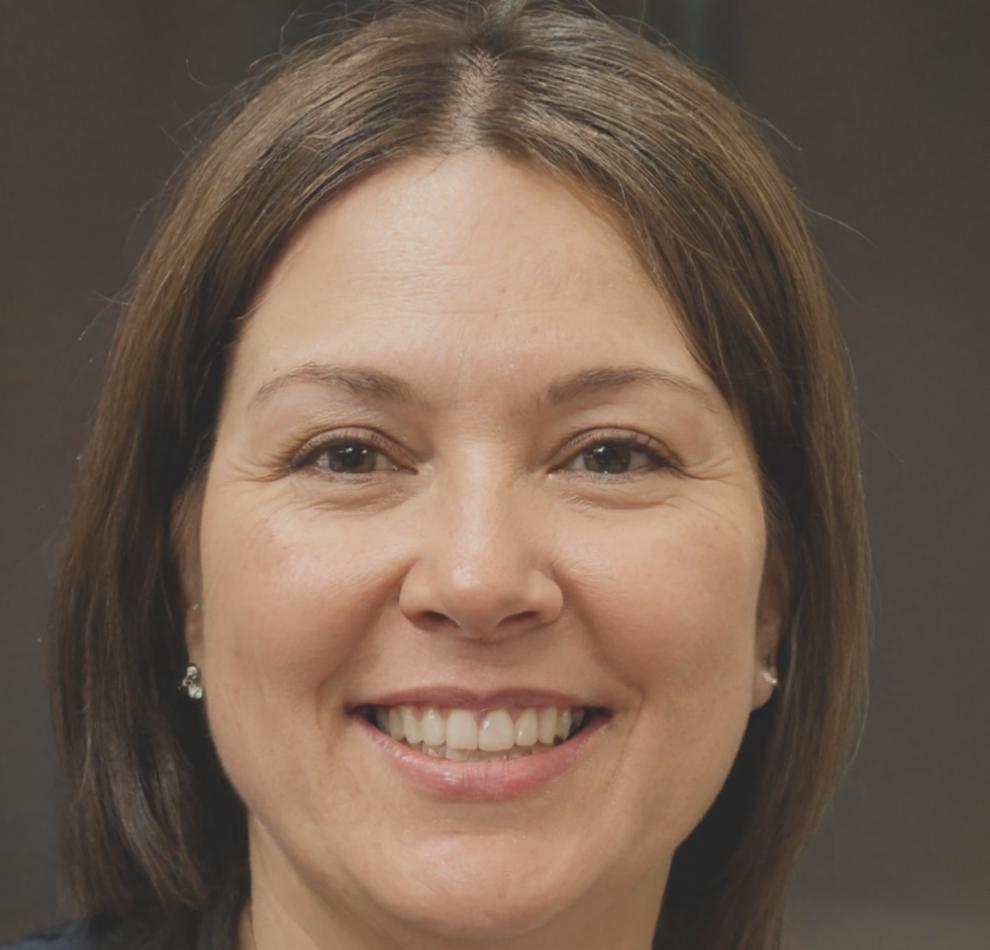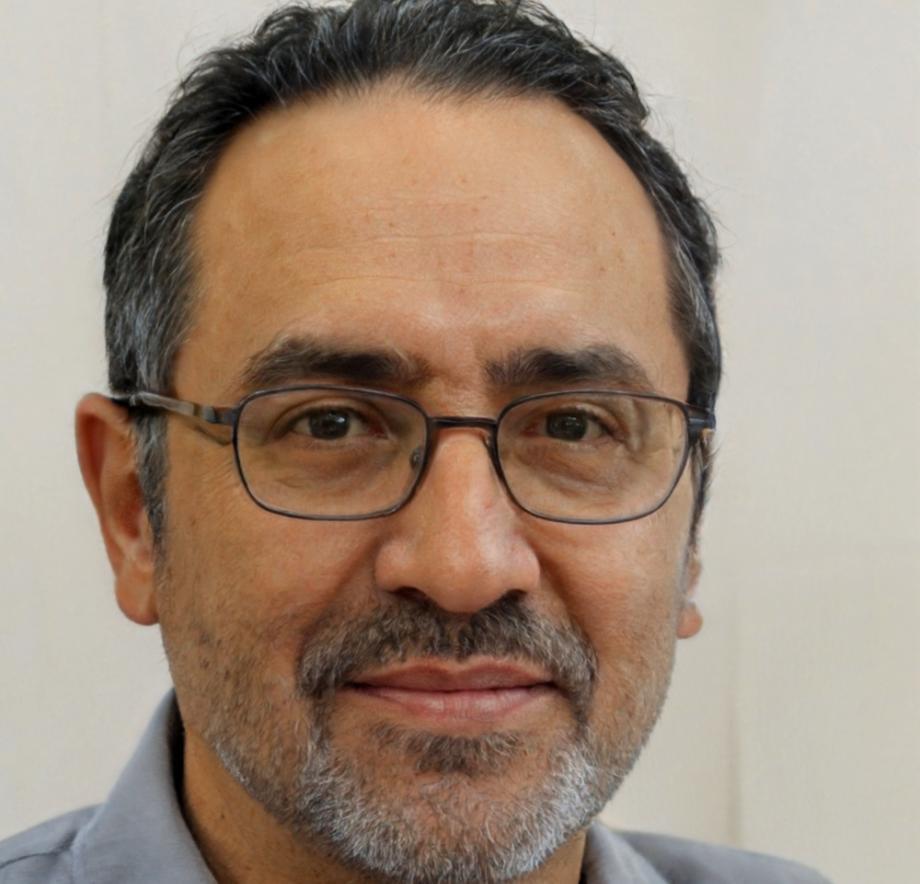Getting Your Financial Foundation Right
Starting with budget investing isn't just about picking stocks or opening an account. It's about building a framework that actually works for your life. Most people jump straight into investment products without asking the fundamental questions that determine whether their strategy will hold up over time. We've spent years helping Canadians navigate this early stage, and honestly, the preparation matters more than most realize.
Questions That Shape Your Approach
Before you commit to any investment strategy, you need clarity on where you're actually starting from. And I mean real clarity—not the vague "I want to grow my money" kind of thinking that leads to scattered decisions six months down the road.
These aren't theoretical exercises. Every question here connects directly to how you'll manage risk, choose investments, and stay consistent when markets shift. We organize these by journey stage because different concerns emerge at different points.


Your Investment Readiness Timeline
Getting ready to invest follows a progression. Skipping steps might save time initially, but it usually creates problems that force you backwards anyway. Here's what effective preparation actually looks like.
Financial Stability Assessment
You can't build investment wealth while carrying high-interest debt or lacking basic emergency reserves. This stage focuses on creating the buffer that lets you invest without constant worry about unexpected expenses derailing everything.
Goal Definition and Timeline Mapping
Vague goals produce vague results. This is where you get specific about what you're building toward and when you'll need it. The timeline determines everything about your investment approach—from asset allocation to risk tolerance.
Knowledge Building and Strategy Selection
Now you're ready to learn about investment vehicles and approaches. Not random financial news consumption, but structured understanding of how different investment types work and which align with your situation. This stage connects your goals to actual investment strategies.
Account Setup and First Actions
With foundation and knowledge in place, you're setting up accounts and making initial investments. This includes choosing between TFSA and RRSP options, understanding fee structures, and establishing contribution patterns you can maintain long-term.
Lessons From Real Experience
We asked members of our team to share what they wish they'd known before starting their investment journeys. These aren't polished success stories—they're honest reflections on preparation mistakes and what actually helped.

Briallen Keogh
Portfolio Analyst
I started investing before my emergency fund was solid. Every market dip made me anxious because I knew I might need to sell if something went wrong. Building that buffer first would've saved me a year of unnecessary stress.

Torsten Ahlberg
Financial Educator
My biggest mistake was not defining clear timelines. I mixed short-term savings with long-term investments in my head, which led to poor allocation decisions. When I finally separated goals by timeline, my strategy became way more coherent.

Isolde Ragnardottir
Budget Strategy Lead
I wish someone had told me that consistency matters more than timing. I spent months trying to find the perfect entry point instead of just starting with small regular contributions. Those months of waiting cost me more than any market timing ever gained.
Ready to Build Your Foundation?
Our September 2025 program intake focuses specifically on preparation and foundation building. You'll work through these questions systematically with guidance from experienced investors who've navigated the same challenges.
Explore Learning Program